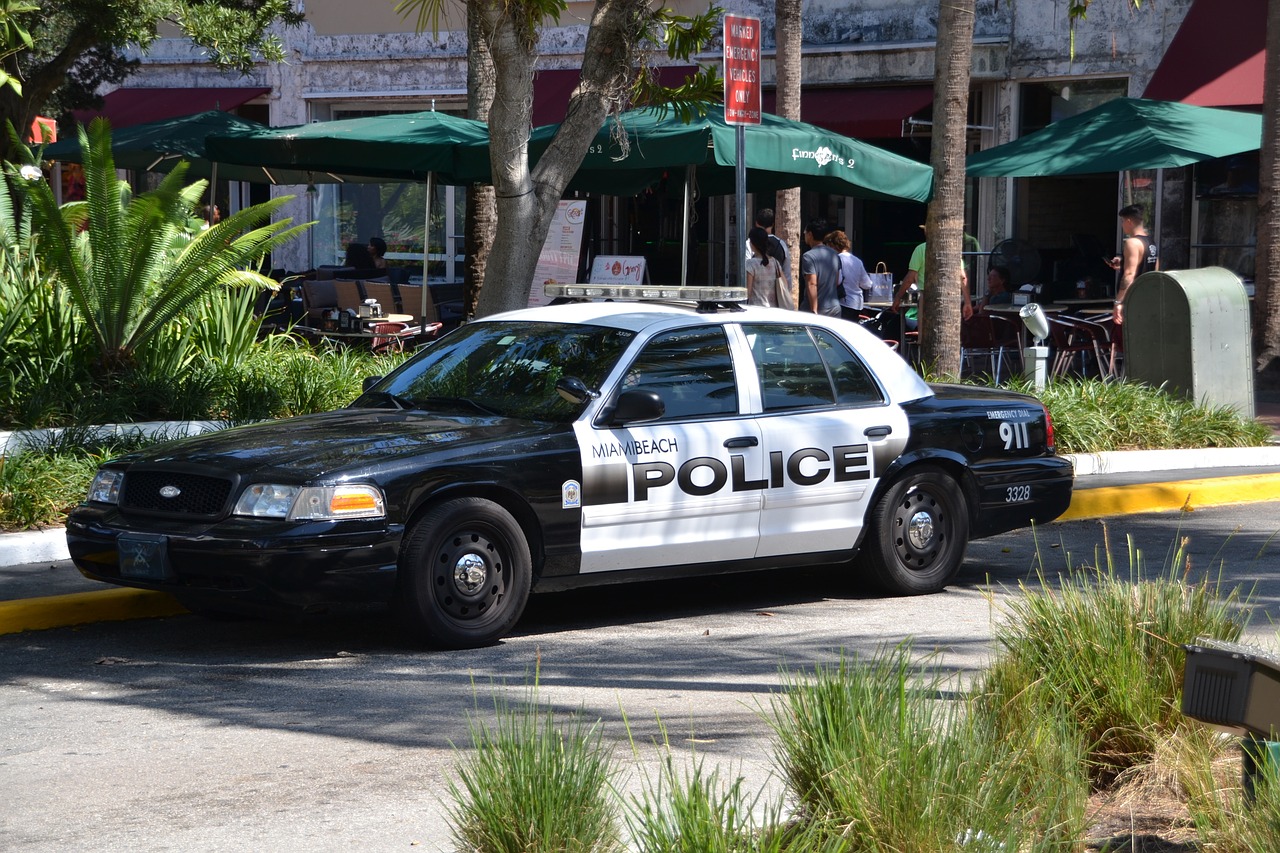
Police forces across the United States have tried a range of new approaches to ensure public safety, from “hot-spots policing” to “order maintenance” strategies. Yet many American remain dissatisfied with law-enforcement authorities’ ability to reduce crime, treat minorities fairly and hold officers accountable for their actions.
Meanwhile, violent events such as the 2014 shooting of Michael Brown in Ferguson, Mo., and the subsequent shooting of police officers there in 2015 — as well as recent incidents in Cleveland and Staten Island involving police use of deadly force — serve as evidence that new approaches to police-community relations are sorely needed in many places. The Justice Department’s highly critical report on policing in Ferguson provides a new window into how bias can become pervasively embedded in law enforcement practices at the local level.
Community policing is a strategy that centers on the involvement of citizens in the design, implementation and evaluation of law-enforcement programs. Such strategies are supported by the Office of Community Oriented Policing Services, established in 1994 as part of the U.S. Department of Justice. The key components — community partnerships, organizational transformation of the police and problem-solving activities — offer an alternative to traditional and reactive policing strategies. However, just what constitutes “community policing” varies greatly across police departments; and the programs’ outcomes have varied, as research and case studies have suggested. From foot patrols to education programs in school and door-to-door surveys, the degree of implementation and impact of community-oriented policing is uneven across America.
In January 2015, the U.S. Conference of Mayors issued a report with new recommendations for improving community-police relations, in the wake of recent controversies involving the use of deadly force by police.
A 2014 study published in the Journal of Experimental Criminology, “Community-Oriented Policing to Reduce Crime, Disorder and Fear and Increase Satisfaction and Legitimacy among Citizens: A Systematic Review,” measures the effectiveness of community policing in the United States through a quantitative analysis of prior academic studies. The researchers, based at George Mason University, Arizona State University, Hebrew University and the University of South Wales, sought to better understand the effects of community-oriented policing on crime, disorder, fear, and citizen satisfaction with and trust in the police.
The authors analyzed 25 different studies containing 65 independent assessments before and after the introduction of a range of community-oriented policing strategies. The findings include:
- Overall, community-policing strategies have a positive effect on citizen satisfaction and trust in the police, as well as in the reduction of individuals’ perception of disorderly conduct, including drug dealing. However, no statistically significant effect was found on reported crime or fear of crime.
- In 27 of the 65 comparisons where official crime outcomes were analyzed, community-oriented policing was associated with 5% to 10% greater odds of reduced crime. This finding was not statistically significant, however.
- In 16 of the 65 comparisons, community-oriented policing was associated with a 24% increase in the odds of citizens perceiving improvements in disorderly conduct. While this effect was not statistically significant, the odds increased to 35% and became statistically significant when one study with a small number of observations was removed from the analysis.
- Citizen satisfaction with the police was evaluated in 23 comparisons, and community-oriented programs were found to be effective in almost 80% of the cases, and citizens were almost 40% more likely to be satisfied with the work of the police. “Citizens reported increased trust and confidence following community-oriented policing interventions and felt that they treated people more fairly,” the authors state. These measures were not statistically significant, however.
The scholars describe their general findings as ambiguous: “Although our analysis suggests that COP is associated with between 5% and 10% greater odds of a decrease in crime, it is plausible under the confidence intervals that COP has no effect on crime. We also find no evidence that community policing decreases citizens’ fear of crime, despite positive outcomes for other citizen perceptions. Finally, our results do not suggest that the presence or absence of a problem-solving approach as part of COP strategies affect the impact on crime.” Ultimately, “these findings may reflect the complex relationship between informal social control, fear, disorder, and crime — disorder fuels fear of crime, which can lead to higher recorded crime rates as informal social controls break down.”
Related research: A 2013 study in Urban Affairs Review, “The Postindustrial City Thesis and Rival Explanations of Heightened Order Maintenance Policing,” examines the relationship between an area’s economy and its policing style. The author, Elaine B. Sharpe of the University of Kansas, looks at 180 cities with a population of 100,000 or more; she analyzes arrest rates and charges, governing institutions, policing demands and constraints, and variables representing the “racial threat” thesis — that the increased presence of minorities can trigger intolerance and greater attempts at social control.
Keywords: crime, police, law enforcement, community policing
